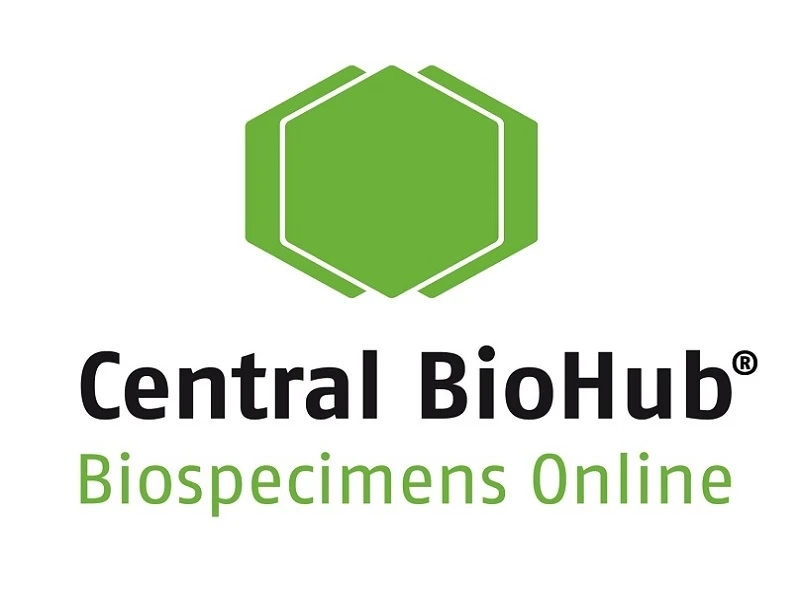Psoriasis is an immune-mediated disease that affects 2-3% of the worldwide population.
It is a chronic inflammatory autoimmune skin condition that is characterized by red, shedding spots on the skin. These patches appear on body parts like knees, elbows, scalp, and the lower back. Psoriasis is characterized by symptoms such as thickened skin, itching, discomfort, dryness, and cracking and can appear in various forms.
The primary form of psoriasis is psoriasis vulgaris, but the inflammation can also affect the joints and lead to psoriatic arthritis, where nail changes like pitting and discoloration can occur. Psoriatic arthritis causes joint pain, swelling, and stiffness, sometimes occurring with skin symptoms.
Another form of psoriasis, Guttate psoriasis, occurs with small, drop-like lesions that are triggered by infections. Inverse psoriasis is a form that primarily affects skin folds without the typical scaling, resulting in smooth, red patches, whereas white pustules surrounded by red skin are a typical symptom of pustular psoriasis.
Erythrodermic psoriasis is a rare but serious form, causing widespread redness and shedding of the skin. A form of psoriasis that affects the head is scalp psoriasis which results in red patches and flaking on the head which is often mistaken for dandruff. Nail psoriasis leads to pitting, discoloration, and detachment of the nails from nail beds.
Pediatric psoriasis is a condition that ranges in severity and affects primarily children and young adults.
The pathogenesis of psoriasis involves a complex, imbalanced interplay between abnormal keratinocyte proliferation, immune cells, and other skin-resident cells.
The prevalence of psoriasis varies with the country and can occur at any age. Genetic factors like the PSORS1 locus, for instance, play a significant role in the pathogenesis of psoriasis. Besides genetic predispositions, various triggering factors have been identified that elicit the disease, including stress, infections, vaccination, drugs, and certain lifestyle factors. Other intrinsic risk factors include obesity, diabetes mellitus, dyslipidemia, hypertension, and mental stress. On the other hand, the development of psoriasis can also be influenced by extrinsic risk factors such as air pollutants, mechanical stress, sun exposure, and various seasonal factors.
The most used drugs for the treatment of psoriasis had been methotrexate (MTX), cyclosporine (CsA), acitretin, dexamethasone, and salicylic acid. It is worth noting that the clinical efficacy of conventional formulations is considered to be limited due to poor absorptive capacity and other issues such as high retention of drug molecules in the target tissue.
However, the therapeutic spectrum for the treatment of psoriasis is expected to expand in the next few years with the development of new small molecules that target specific pathways involved in psoriasis pathogenesis.
Central BioHub offers over 2000 human blood samples with confirmed psoriasis diagnoses that were tested for multiple laboratory parameters. Scientists worldwide can order psoriasis samples and use them for research studies that aim to expand the biomedical understanding and therapeutic window of psoriasis treatment.
https://centralbiohub.de/blogs/psoriasis-awareness-month-2023-at-central-biohub


